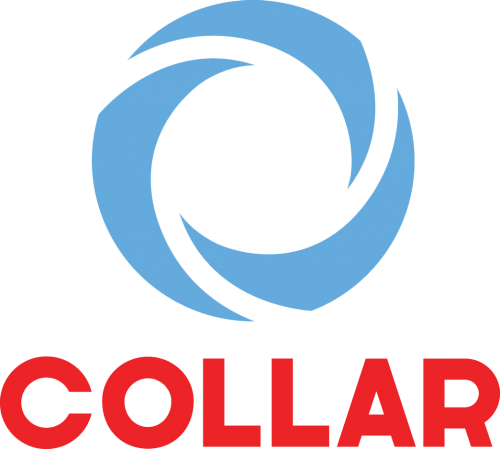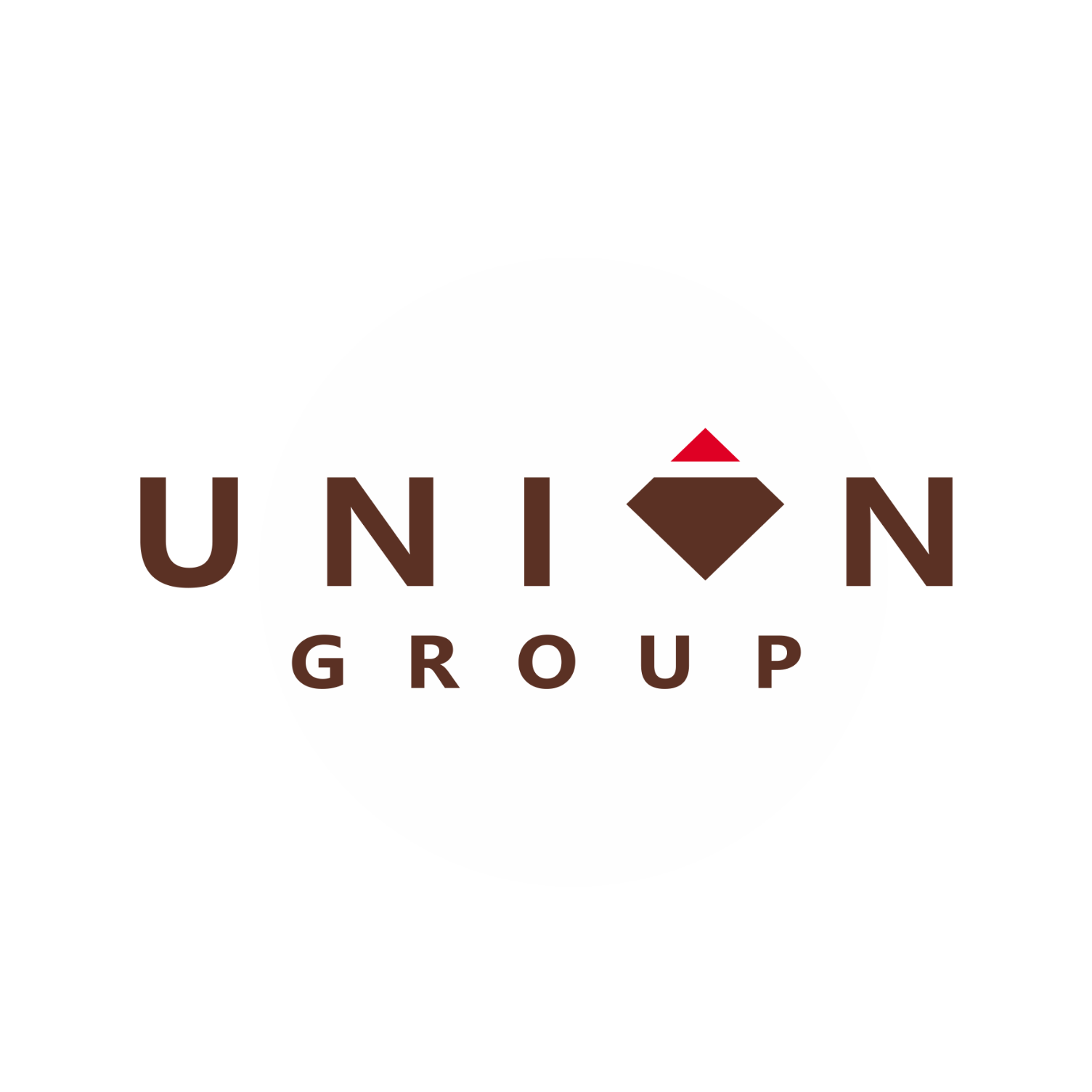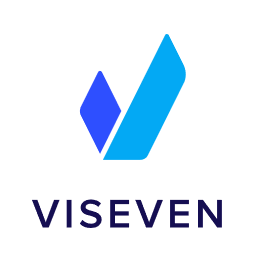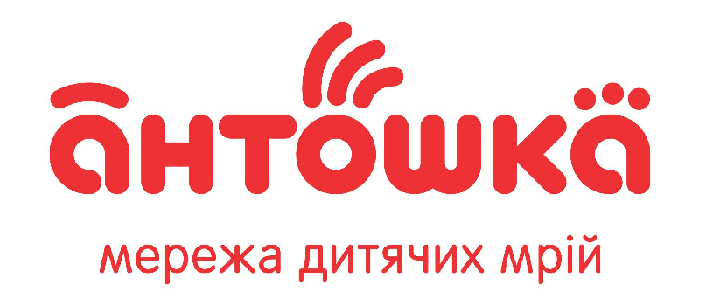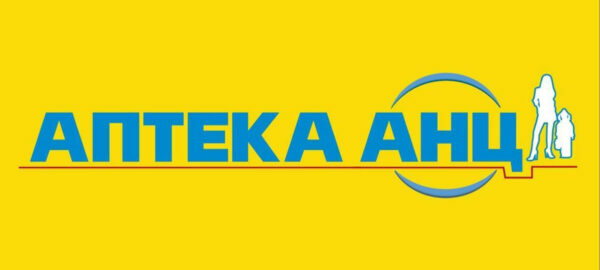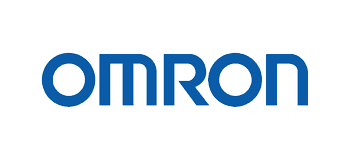
A unified learning ecosystem: why big business is abandoning point solutions
«Why do we need another LMS if we already have a corporate portal, Google Forms, and Teams?» – this is not the first time HR and L&D specialists have heard this questionUnified learning ecosystem: why big business is abandoning point solutions.
At first glance, it seems that the existing set of tools is enough to organize learning. A corporate portal for posting materials, Google Forms for testing, Teams for webinars – this combination can indeed satisfy basic needs.
But everything changes as soon as a company starts to grow. The number of employees increases, learning needs become more complex, and there is a need for centralized management, system analytics, and knowledge storage. Point tools that seemed convenient turn from helpers to a source of problems.
In this article, we explain why multiple tools can be a problem and how an LMS helps to create a holistic learning ecosystem by combining content, analytics, communication, and management in one environment.
When multiple tools become a problem
At first glance, a set of separate tools seems like a convenient solution: one service for surveys, another for tests, another for course storage, and yet another for communications. But over time, this diversity begins to work against the team. This is especially true in companies where learning needs to be systematic, scalable, and transparent.
The top 3 challenges that complicate the work of HR and L&D when learning is not integrated into a single system:
 1. Complexity of control and management
1. Complexity of control and management
When learning takes place on different platforms, it is difficult to control. Data is fragmented, progress is difficult to track, and learning standards are difficult to keep consistent across the board. This creates chaos and requires manual work where automation should be.
 2. Duplication of functions and costs
2. Duplication of functions and costs
Some tools may have very similar or even identical functions. You have to pay twice (or even three times) for the same thing: tests, surveys, reports, etc. In addition, this is an additional expenditure of resources for setting up integrations, technical support, and updates.
 3. Increased workload on the L&D team
3. Increased workload on the L&D team
When you have multiple platforms, everything multiplies: administration, communications, technical support, updates. Instead of focusing on strategy and development of the learning process, the L&D team spends time on additional settings.
What does a company lose when it doesn’t have a unified learning ecosystem?
Viktoriia Balachuk, E-learning integrator, Head of Customer Success LMS Collaborator
If a company’s learning is not systematic, but rather chaotic and occasional, it can result in a long list of direct and indirect negative consequences.
For employees, this means slow adaptation for newcomers, a lot of time spent searching for the right information, delays in competence development, and loss of motivation to learn.
For HR and L&D, it is difficult to track learning progress, lack of analytics, and problems in administering the learning process,
For business – inefficient use of the budget, higher learning costs, loss of unique company knowledge, loss of talent, slow adaptation of the company to market changes.
Benefits of a unified learning ecosystem instead of point solutions
A unified learning ecosystem is not about completely replacing all existing tools, but about the coordinated work of key processes in one environment. This approach helps reduce the number of routine tasks, simplifies administration, and makes learning understandable and accessible to both the L&D team and employees.
This is what makes a unified system better than separate solutions:
1. Resource saving
When a company uses several different tools to organize learning, the team wastes resources on:
- separate payment for each tool;
- access support and technical integration;
- user learning on how to work with each platform;
- manual data consolidation into a single picture.
A single system can significantly reduce these costs. Instead of paying for several tools with similar functions, the company invests in one comprehensive solution. There is no need to constantly customize the interaction between different platforms, which significantly saves money on technical support. The time spent on staff learning is also reduced, as employees need to master only one system instead of several different ones.
 How it is implemented in LMS Collaborator: LMS Collaborator already has most of the tools you need inside: tests, courses, surveys, knowledge base, assessment, gamification. You don’t need to look for anything else – everything is at your fingertips.
How it is implemented in LMS Collaborator: LMS Collaborator already has most of the tools you need inside: tests, courses, surveys, knowledge base, assessment, gamification. You don’t need to look for anything else – everything is at your fingertips.
Moreover, the company decides what to pay for. You can choose a basic tariff with a standard set of functions, and if necessary, add what you need (for example, the 360 Assessment module). No unnecessary complications and no overpayments for things you don’t use.
2. Centralized learning control
When learning takes place in different environments, HR or L&D specialists turn into chaos coordinators. To find out who has completed the course, who is still in the process of onboarding, and who has failed the test, you have to manually verify information from several sources. This is inconvenient. It’s easy to miss something, lose data, or make a mistake. As a result, confidence in the entire learning process is reduced.
When learning is gathered in one place, everything works much easier. Centralized management through LMS allows you to:
- see who needs to take what,
- manage deadlines and changes to courses,
- automatically assign materials based on role, department, or event,
- ensure a consistent approach for everyone with uniform content and requirements.
Everything happens in one environment: from planning and launching the learning to the final evaluation. You can see the whole picture: who was assigned what, who completed it, and with what results.
 How it is implemented in LMS Collaborator: The system allows you to flexibly customize access for different roles: administrators, managers, employees, etc. The administrator sees a complete picture of the company’s learning: who has completed the course, who hasn’t yet, and what results they have achieved. Automatic assignment of tasks, reminders of deadlines, and collection of results – all this works without manual intervention. The L&D team has more time to focus on content and strategy rather than routine.
How it is implemented in LMS Collaborator: The system allows you to flexibly customize access for different roles: administrators, managers, employees, etc. The administrator sees a complete picture of the company’s learning: who has completed the course, who hasn’t yet, and what results they have achieved. Automatic assignment of tasks, reminders of deadlines, and collection of results – all this works without manual intervention. The L&D team has more time to focus on content and strategy rather than routine.

Example of LMS Collaborator reminders
3. Transparent analytics and reporting
One of the biggest problems with point solutions is analytics. When learning is scattered across different platforms, it is almost impossible to get a complete picture. Some statistics are in one system, some in another, something needs to be requested from IT or manually collected in files. As a result, it takes hours (or even days) to prepare a report for management on how learning is progressing.
In a distance learning system, everything works differently. Analytics here is not a separate task, but a built-in part of the platform. All data is collected automatically, and you see it in a convenient form of graphs and tables:
- how many people have completed the course;
- who did not make it or failed the test;
- how much time employees spend on learning;
- how engagement changes over time;
- where results are good and where support should be strengthened.
 How it is implemented in LMS Collaborator: LMS Collaborator automatically collects learning statistics. You get visual charts with learning results, analyze progress, engagement, and efficiency. You can also create your own reports for your tasks and export them in the desired format. This is not only convenient, but also significantly saves the team’s time: reports are generated automatically, without manual tabulation and copying data from different sources.
How it is implemented in LMS Collaborator: LMS Collaborator automatically collects learning statistics. You get visual charts with learning results, analyze progress, engagement, and efficiency. You can also create your own reports for your tasks and export them in the desired format. This is not only convenient, but also significantly saves the team’s time: reports are generated automatically, without manual tabulation and copying data from different sources.

LMS Collaborator analytics
Flexible reports, convenient graphs, and transparent analytics are all available in LMS Collaborator.
Want to see how it works in practice?
Leave a request for an LMS Collaborator demo. The 1st month of use is free.
Want to see how it works in practice?
Leave a request for an LMS Collaborator demo. The 1st month of use is free.
4. Unified knowledge base
When learning content and work instructions are scattered across different systems: Google Drive, SharePoint, email, messengers, it becomes a challenge to find the information you need. Especially if the materials are constantly being updated. As a result, employees spend a lot of time searching or don’t find what they need at all.
LMS allows you to collect all learning materials in one place: convenient, structured, and accessible at any time. Policies, checklists, video instructions, document templates – everything is stored centrally with categories, tags, and smart search. Employees quickly find what they need, no matter where they are.
Convenience is not the only advantage. A knowledge base in an LMS is also a tool for preserving expertise. When someone quits or moves to another department, the knowledge does not disappear with them. It remains in the system and continues to work.
 How it is implemented in LMS Collaborator: In LMS Collaborator, you can create your own corporate library. Store all the important information about learning and work in it. All materials you upload to the portal are automatically added to the Knowledge Base. To help employees quickly find the information they need, you can add tags to each resource – keywords related to the topic or type of material.
How it is implemented in LMS Collaborator: In LMS Collaborator, you can create your own corporate library. Store all the important information about learning and work in it. All materials you upload to the portal are automatically added to the Knowledge Base. To help employees quickly find the information they need, you can add tags to each resource – keywords related to the topic or type of material.
The system allows you to divide materials into separate categories and subcategories. You can also set up access levels by position or department. You determine who has access to what content and how much of it, providing flexible corporate knowledge management.

LMS Collaborator knowledge base
5. Integration with HR systems
Learning is not a separate activity, but a part of the wider HR ecosystem. That’s why it’s important that the system interacts with other HR systems and that data is transferred between them automatically.
The LMS provides seamless integration with the company’s key HR systems – from HR accounting systems to assessment and development platforms. This allows you to avoid duplication of information, reduce the amount of routine work, and ensure that data is up-to-date in all processes.
How it is implemented in LMS Collaborator: LMS Collaborator can be easily integrated with any system already in use in your company. This allows you to automate processes such as assigning courses to new employees, updating profiles after completion of learning, including learning results in performance evaluations, etc. In addition, LMS Collaborator provides two-way data exchange, which allows you not only to import information from HR systems, but also to transfer learning results back to other HR processes.
How to switch to a single system: a checklist from LMS Collaborator
Transitioning to a unified learning ecosystem is a process that requires a clear strategy.
We’ve prepared a step-by-step checklist that can be used as a basic plan for change, whether you’re implementing an LMS for the first time or switching from multiple solutions to one.
1. Audit existing tools and processes
✓ Make a list of all the platforms used for learning.
✓ Analyze which features of each system are actually used.
✓ Estimate the cost of each tool (licenses, support, integrations).
2. Identify duplication and bottlenecks
✓ Identify functions that are duplicated across systems.
Identify processes that require manual intervention or data transfer between systems.
✓ Identify where errors or delays occur most frequently.
3. Assess the needs of key roles
✓ Gather requirements from the L&D team for content administration and creation.
✓ Find out from line managers what information and tools they need.
✓ Collect feedback from employees on what would help them find and complete learning content faster.
4. Prepare your team for change
✓ Develop a communication plan for the transition to the new system.
✓ Create short learning materials for users and administrators of the new system.
✓ Appoint change ambassadors in key departments to help colleagues adapt.
5. Choose a scalable platform
✓ Make sure the system you choose can grow with your company.
Assess how well the system integrates with your existing or future HR and IT solutions.
✓ Check whether the system can be customized to your specific processes and scenarios.
✓ Find out what automation features the platform offers: whether you can automatically trigger learning by triggers, send reminders, generate reports, etc.
6. Develop a transition plan
✓ Determine whether the transition will be done gradually or if you will opt for a one-time implementation.
✓ Select a department or team to pilot the new system.
Create a detailed plan for data and content migration.
7. Measure the effect
✓ Set KPIs to measure the success of the implementation.
✓ Collect regular feedback from users.
✓ Compare the results with previous indicators to objectively assess changes.
Systematic approach is not a luxury, but a necessity
A unified learning ecosystem is not about added complexity or high costs. On the contrary, it is about optimization, automation, and efficiency in all aspects. For large businesses, this approach allows them to transform corporate learning from a chaotic set of tools into a well-coordinated mechanism where all components work in sync and reinforce each other.
Moving from point solutions to a unified ecosystem is a strategic decision that delivers tangible results through:
– Reducing the administrative burden on HR and L&D teams
– Increasing employee engagement in learning
– Preserving and effectively transferring corporate knowledge
– Transparency of learning processes for all stakeholders
By investing in building a unified learning ecosystem today, you create a solid foundation for effective talent and knowledge management tomorrow.
Try LMS Collaborator and see how learning works without chaos.


